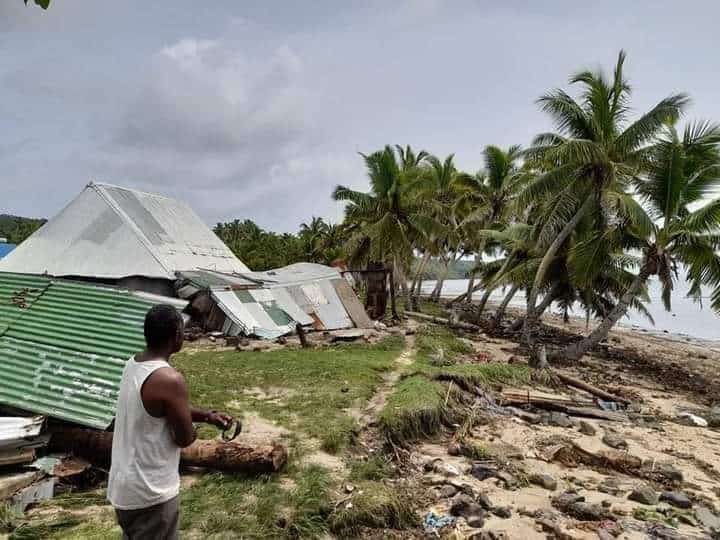A tsunami that swept over the Lauan island of Moce following a volcanic eruption in Tonga in January left villagers in wonder.
As Nasau villager Cama Uluilakeba said: "At first I thought there was a war happening when I heard the loud sound, then I saw the waves starting to form."
Uluilakeba said it looked like two waves coming from opposite directions; then met in the middle and moved into the village.
"This was the first time it has happened to . . .
Please Subscribe to view full content...
